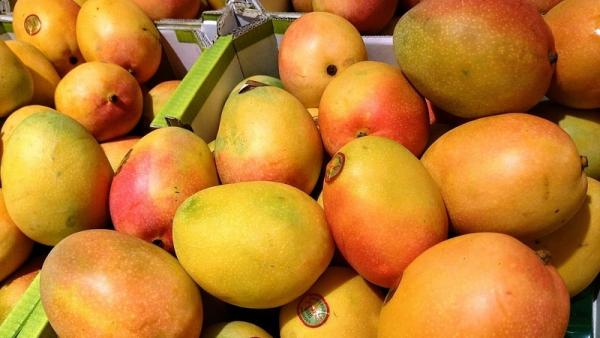
James Laurenceson, Deputy Director, Australia-China Relations Institute, University of Technology Sydney |
This article appeared in the Sydney Morning Herald on May 20 2015.
Sales to our most important customer are falling fast.
Data released by the Australian Bureau of Statistics (ABS) earlier this month show that the annual value of our goods exports to China is 15 percent less than the same time last year. That drop works out to $15.4b, which is $3.4b more than the annual value of our goods exports to the US, our fourth largest buyer.
This is not just about iron ore and coal. Take these two commodities out of the equation and our exports to China are still down by 12 percent, or $4.1b.
China’s exploding middle class was meant to be a boon for Australia’s agribusiness and services.
But when it comes to selling them the goods and services at the top of their shopping lists we’re not only up against Brazil and a bunch of low quality domestic producers. Now we are competing with New Zealand to supply infant formula, the US to provide higher education and Thailand to deliver recreation.
The ABS says that over the past year the value of our food and beverage exports to China has plunged by nearly one-quarter, or $887m. Meat, dairy, cereals, fruit and vegetables are all down by double digit percentages. That’s despite food and agribusiness being identified as a national strength in the Australian Government’s Industry Innovation and Competitiveness Agenda released last year.
Better news is that Chinese tourists reached deep into their wallets and forked out $5.4b. That means Tourism Australia’s plan to lift their spending from $3.2b in 2010 to between $7.4b – $9.0b by 2020 is on track.
But this also hides the fact that Australia’s share of China’s outbound travel market has been steadily declining over the past decade. According to the consultancy Tourism Economics, our share now stands at less than one percent.
Things aren’t going to get any easier. A report in March by Oxford Economics found that between 20032013, 21 million Chinese households reached income levels that made long haul travel affordable. By 2023, another 61 million will join them.
Sydney currently ranks as the 11th top global city for Chinese traveller spending. But rising competition, particularly from cities in the US, will see it slip to 18th by 2023. Melbourne will fall from 15th to 21st.
Two big things are holding the economic relationship back.
The first is that the resources sector aside, our record in building commercial partnerships with the Chinese has been poor.
Chinese partners can help to put our milk and grapes on supermarkets shelves in Beijing, Shanghai and elsewhere. They can also supply capital so that we can produce more.
But data from the University of Sydney and KPMG show that over the last seven years Chinese investment in Australia’s agribusiness sector has totalled just $1b. China accounted for a meagre 2.8 percent of all foreign investment approvals in the agriculture, forestry and fisheries sectors. This is very different from the popular image of China buying the farm.
Australian and Chinese companies have also struck unexpected regulatory hurdles.
In March the Australian Competition and Consumer Commission (ACCC) released a draft decision to reject a proposed alliance between QANTAS and China Eastern Airlines on the grounds that it may reduce competition on the Shanghai-Sydney route.
Yet such deals have become a feature of the global airline industry. Cooperation means Australian and Chinese consumers would benefit from better access to more destinations.
The Australian Trade Commission told the ACCC that competition worries could be addressed by stipulating that both carriers maintain their current service levels on the route of concern. Airports from Cairns to Melbourne to Perth also chimed in with their support.
Yet unless the ACCC changes its mind the deal is dead.
Slowing resources demand does not change the reality that China will be make or break for Australia’s export fortunes. There are 860 million Chinese set to join the middle class by 2030. Right now we’re struggling in markets that were slated for success.
Author
Professor James Laurenceson is Deputy Director of the Australia-China Relations Institute at the University of Technology Sydney.


